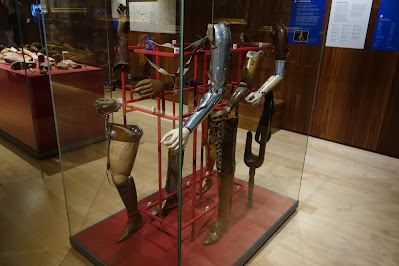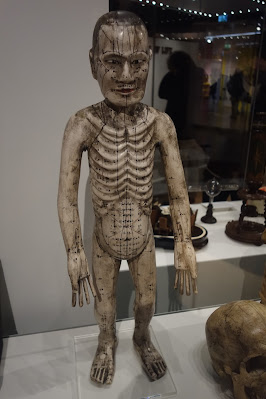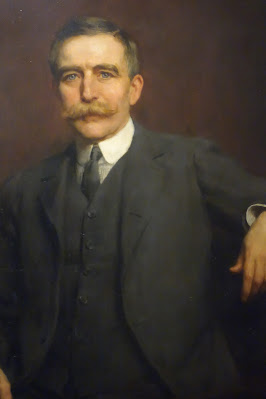It was a beautiful day and a perfect day to have lunch in the garden of Burgh House, a Queen Anne mansion built in 1704, situated in one of my favorite neighborhoods of London, Hampstead.
 |
| The house is free to enter and is filled with art. This is the music room. |
 |
| The Library |
 |
| Art work by John Burningham, Hampstead resident, for the children's novel Chitty-Chitty-Bang-Bang. |
















































